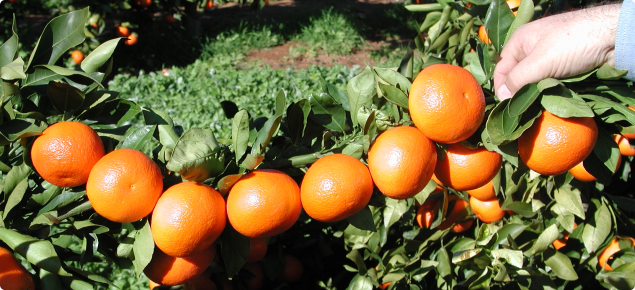Introduction
Over the past 15 years many new varieties of mandarins and tangors have been introduced into Australia. The convenience of few or no seeds, combined with good eating qualities and easily-removed peel, has largely driven this change.
The Department of Primary Industries and Regional Development, with industry cooperation and funding from the NSW Department of Primary Industries and Hort Innovation, has evaluated a range of new varieties, some publicly available and others protected by Plant Breeder's Rights (PBR).
What are Mandarins and tangors?
Mandarins are a variable group of loose-skinned citrus with a characteristic aromatic flavour. They are popular because they eat well, are easy to peel, and separate into segments.
Tangors are the result of a mandarin-orange cross and, although attractive, do not usually peel as readily as true mandarins. It can be difficult to determine the difference between these two groups, especially if the parentage is not known.
The main industry standard varieties are Nules Clementine (early), Imperial (mid-season), Afourer (mid to late) and Mystique (late), however these are likely to change as old varieties are replaced by newer varieties with better characteristics.
Many new varieties are in the process of being evaluated by industry to determine if they are suitable for growing under WA conditions and are better than currently grown varieties. Some of these will become the standard varieties of the future.


